Stock Patterns for Day Trading and Swing Trading
$15.68
| Author(s) | |
|---|---|
| Product Type |
Ebook |
| Format |
|
| Skill Level |
Beginner to Intermediate |
| Pages |
196 |
| Publication Year |
1998 |
| Delivery |
Instant Download |
“Stock Patterns for Day Trading and Swing Trading” is a practical, pattern-focused guide designed to help traders recognize high-probability chart structures in real market conditions. The book outlines a clear framework for identifying continuation patterns, reversal structures, breakout formations, and exhaustion signals—providing traders with straightforward, visually driven techniques that can be applied immediately.
From the very beginning, the book emphasizes chart literacy and repetition as the foundation of pattern recognition. On pages 2–7, the author introduces the core pattern types—breakouts, pullbacks, flag structures, trend reversals, and base formations—supported by annotated chart images that highlight the exact price action criteria required for confirming each signal.
Throughout the book, patterns are broken into actionable components: entry logic, stop placement, confirmation triggers, volume behavior, and target-setting techniques. Examples on pages 10–18 demonstrate how subtle details—such as wick rejection, momentum shifts, consolidation zones, and range tightening—distinguish strong setups from low-quality ones.
The book concludes with advanced pattern scenarios for swing traders, showing how intraday setups evolve into multi-day moves when aligned with broader trend context. Clear illustrations, concise explanations, and repeatable criteria make this an ideal reference for traders seeking structure and consistency.
✅ What You’ll Learn:
- How to identify high-probability bullish and bearish chart patterns.
- How breakouts, pullbacks, and consolidations form the basis of day-trading setups.
- How to distinguish valid breakouts from false breakouts using volume and structure.
- How to apply entry, stop-loss, and take-profit rules for each pattern type.
- How momentum shifts and pattern failure teach traders when to avoid trades.
- How swing-trading setups evolve from intraday price action.
- How to visually read price behavior without relying on indicators.
💡 Key Benefits:
- Strengthens visual recognition of actionable price patterns.
- Provides clear, structured criteria for trade identification.
- Reduces hesitation by giving traders specific decision-making rules.
- Helps beginner–intermediate traders build a disciplined pattern-based approach.
- Useful as a daily quick-reference guide for active traders.
👤 Who This Book Is For:
- Beginner to intermediate traders seeking simple, repeatable price-action setups.
- Day traders looking for high-probability chart formations.
- Swing traders wanting actionable continuation and reversal patterns.
- Traders who prefer visual learning through annotated charts.
- Students of price action who want to avoid indicator clutter.
📚 Table of Contents:
- INTRADAYTREND METHODOLOGY
- WIN USE PRICE BAR CHARTS
- TERMS AND DEFINITIONS
- HOW THE “WIGGLE” WORKS
- DAY TRADES
- INTRADAY CHART EXAMPLES
- SUPPORT AND RESISTANCE
- MARKET MAKER AND TIME OF SALE SCREENS
- SWING TRADES
- CHART EXAMPLES FOR DAY TRADING AND SWING TRADING
- EXTRA TIPS AND TRADING IDEAS
- PRICE FRACTIONS SHOWING DOLLAR AMOUNT
- TRADE SHEETS
- THE 10 COMMANDMENTS OF TRADING
Stock Patterns for Day Trading and Swing Trading By Barry Rudd
7 reviews for Stock Patterns for Day Trading and Swing Trading
Clear filtersOnly logged in customers who have purchased this product may leave a review.

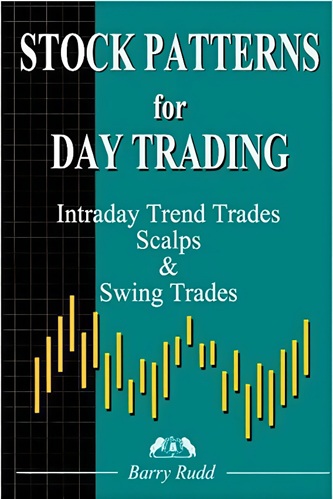

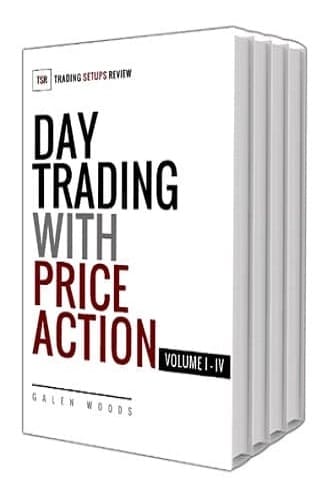

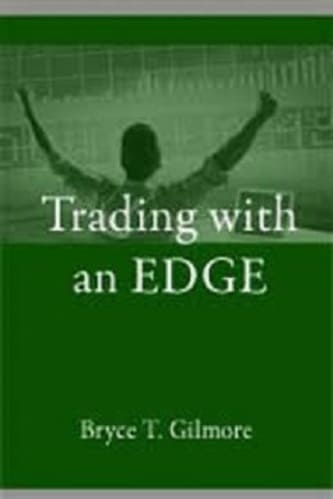
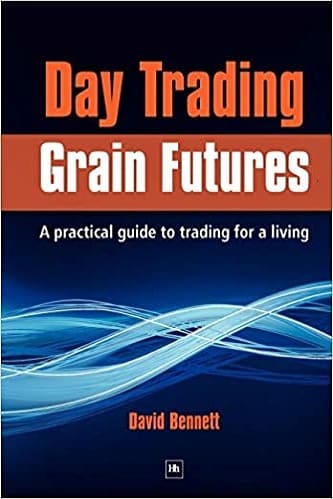
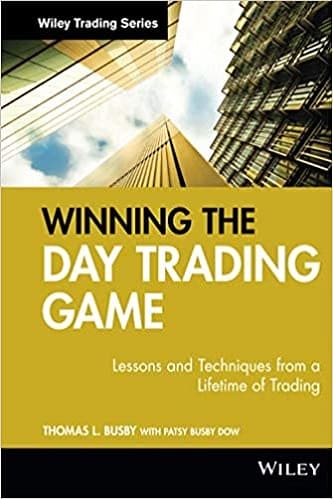
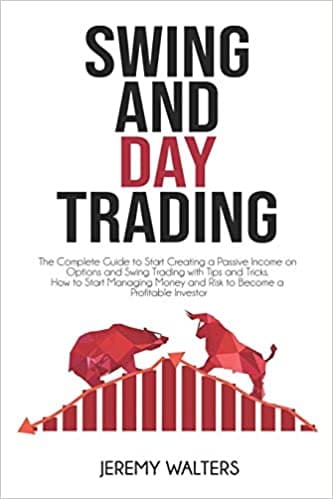
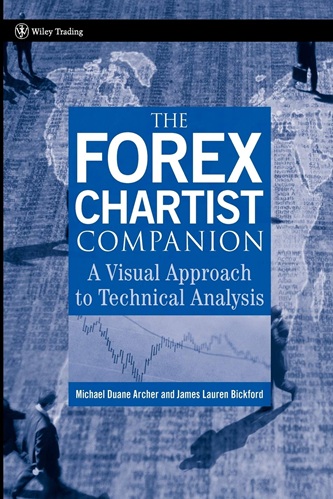
Julian Bullock (verified owner) –
I’ve spent in the neighborhood of $500 on daytrading books in the past 12 months. If I could only purchase one daytrading book this would be the one. Over the past year of daytrading I’ve learned the three best tools for timing trades are 1 – real-time charts 2 – level II quotes & 3 – time & volume of sales. This book has more examples of charts than the other 10 daytrading books I own combined (that doesn’t include Barry’s second charting book which I also highly recommend). This book is all about keeping things simple. Forget about stochastics, MACD, & all the other things recommended in the Compleat Daytraders I & II books. Barry believes in the KISS method. Keep it simple stupid (thats my paraphrase of what he recommends). Part of my enthusiasm for Barry’s book has to do with my trading results before & after reading his book. Because his book was more expensive than others available I purchased some of the less expensive, introductory, daytrading books. I started trading & over about 7 months lost approximately $7,000. In the past 5 months (since purchasing Barry’s book) I have become more patient waiting for the correct chart formations & have become a profitable, part-time daytrader. The $7,000 loss I had 5 months ago has turned around and become a $53,000 gain. Some of this turnaround is naturally a result of my maturation as a trader. Everyone writes about having to pay one’s dues, so to speak, to get an education in daytrading. I certainly did. However, if I could pinpoint THE major turnaround in my trading activities, it would have to do with reading Barry’s book. Can I give this book six stars?
Shane Garner (verified owner) –
I’ve bought many books on investing and daytrading, and this book, along w/ the advanced volume, are by far on top of the list. Barry gets right to the point, no B.S. here. The books are loaded w/ actual charts so you can see (not just read) how the actual setups unfold.
Mauricio Snow (verified owner) –
Perhaps my expectations were too high, but I thought that this book would include numerous day trading patterns. The main advice given is to buy the breakout after the price has been steady for a period. The book does have a lot of good charts showing setups to stay away from, which is why I gave it 3 stars, but I didn’t think that it was worth the price.
Beatrice Ball (verified owner) –
Both of Barry Rudd’s books are specific and advanced, the “genuine pro trading stuff” that’s so hard to find among all the fluff out there. Along with Tony Oz’ Stock Trading Wizard, Murphy’s TA and Nison’s Candlestick books, Barry Rudd’s two Stock Patterns for Day Trading books are essential reading, and we recommend them highly at […] for all our traders.
Hayden Johns (verified owner) –
This book is great for anyone who wants to seriously trade stocks for a living, and it covers many crucial topics for persons just starting to make money day trading. Once you are in the trade, Rudd does not just leave you to fend for yourself. This book is about as close as you can get to understand how to make day trading successful. I found this to be an honest and detailed look into the mind and procedures of a trader. All in all, I have to give a strong recommendation to this book. It is well worth the money.
Jacqueline Boone (verified owner) –
Great and simple reading. Many books use the same topics but what is real nice about this book is that it has copies of charts that was actually used for explanations from hedge fund/retail traders friends of his. This is a great book for any serious person wanting to be a successful trader.
Winnie Rose (verified owner) –
Although the book does contains some useful information, it could have easily been sold as a daytraders handbook of some kind for much less. 1/2 of the book is illustrations (overkill in my opinion). Later parts of the book simply repeat information presented in earlier parts of the book.